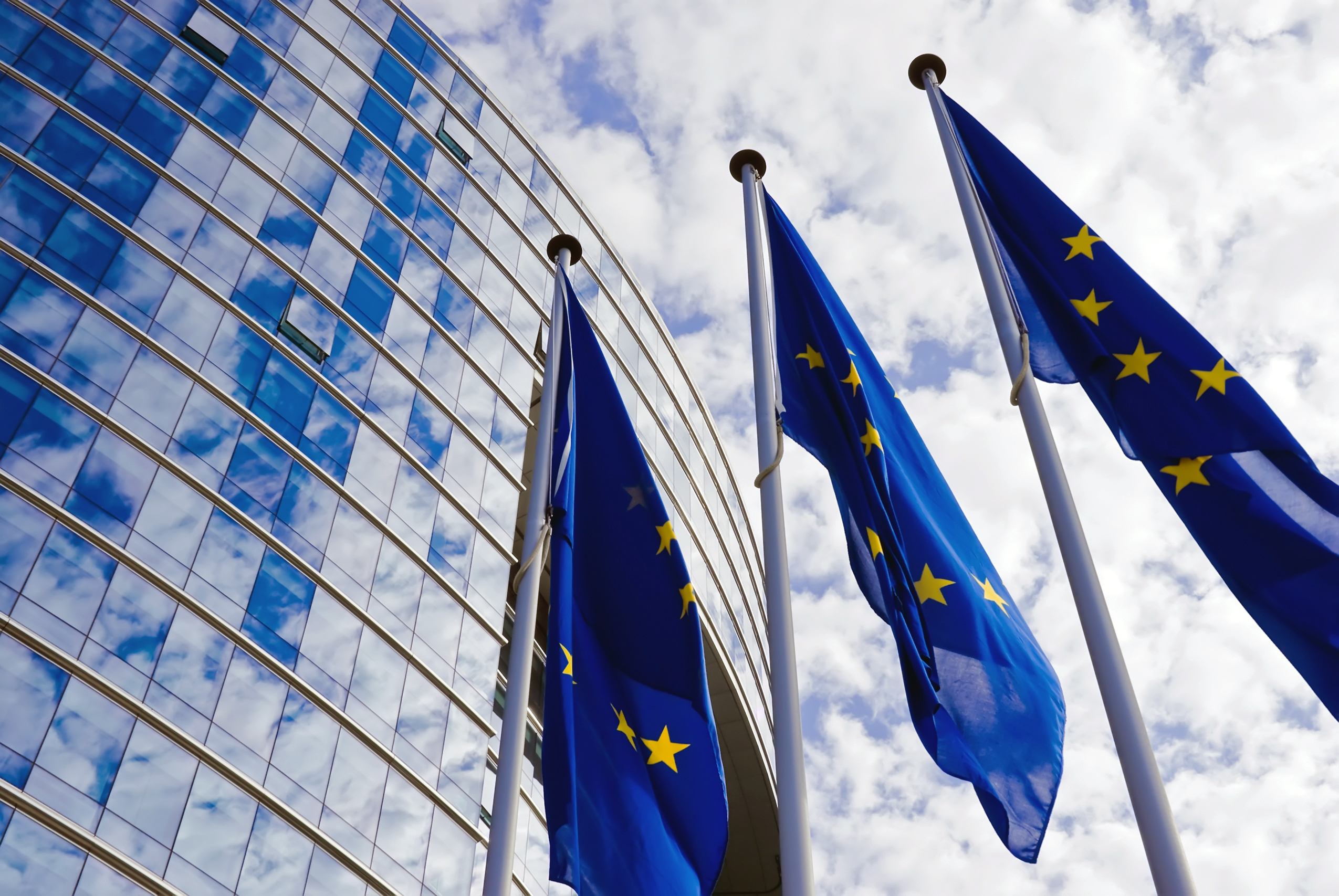The Unified Patent Court (UPC) has issued a decision on the treatment of infringement by equivalence, providing long-awaited clarification on the assessment criteria.
This decision is a significant marker for patent holders and practitioners involved in litigation.
To rule on the infringement of a claimed invention, a judge must first verify whether an alleged infringer reproduces the essential means of the invention as claimed—that is, the means necessary and sufficient for the invention to solve the technical problem.
If the infringer reproduces all the features of the claimed product, or all the steps in the case of a process, this is considered a slavish copy, which constitutes literal infringement of the claimed subject matter. However, infringement is not limited to the literal reproduction of all the claimed features.

Judges may also apply the principle of infringement by equivalence, designed to prevent third parties from circumventing the risks of literal infringement by replacing one element of the invention.
A concept still lacking harmonization in Europe
While certain types of infringement are already defined under the UPC Agreement (Articles 25 and 26), this is not the case for infringement by equivalence. One challenge at the European level is that the concept is assessed differently from country to country.
- In France, infringement by equivalence is recognized when an element is reproduced in a different form but performs the same function (or achieves the same technical effect) for a similar result.
- In Germany, the approach is more nuanced: the element must have the same technical effect, be deducible from the claims by a person skilled in the art, and must not already exist in the prior art or be patentable in itself.
- In Italy, the interpretation is more restrictive: the element must perform the same function, in the same way, to achieve the same result as the patented element.
The role of the UPC and outlook
To date, the UPC Agreement has only codified the interpretation of claims through Article 69 of the European Patent Convention.
One of the major tasks for the UPC in its early years will be to clarify how infringement by equivalence should be assessed, in light of the various national approaches, and to establish harmonized case law.

Judges will not be able to rely solely on the jurisprudence of a single country but will need to develop a compromise applicable across all cases.
Conclusion
Infringement by equivalence remains a complex concept, still lacking harmonization at the European level. The UPC’s first decisions will be decisive in clarifying this issue and in providing greater predictability for both patent holders and third parties.
October 2023
